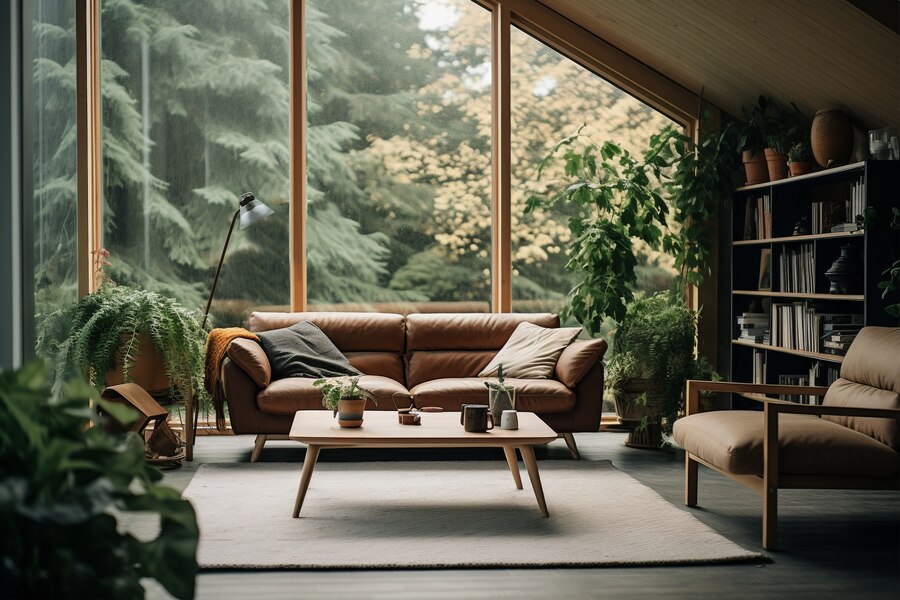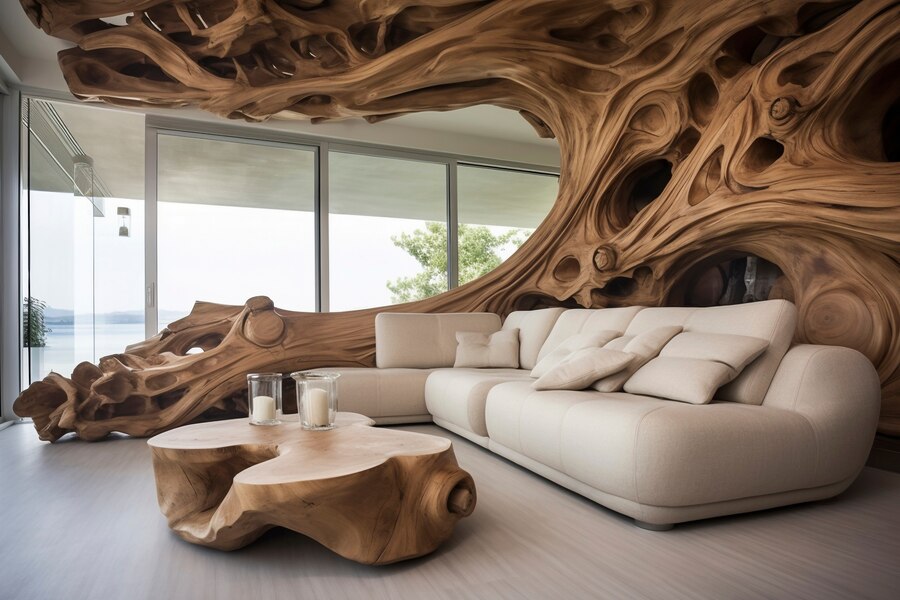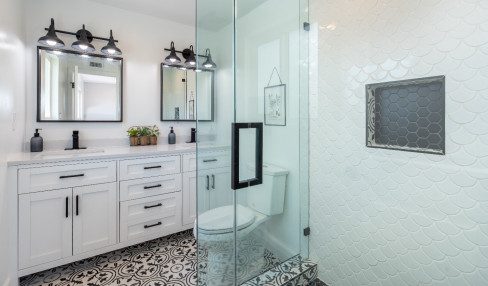Incorporating Feng Shui In Modern Home Design
5 Mins Read
Published on: 24 April 2024
Last Updated on: 09 May 2024

toc impalement
The world of interior design is constantly evolving. The amalgamation of the old and the new provides a unique charm and beauty to your home. The modern homes of today tend to gravitate towards plain, simple, and minimalist aesthetics.
However, many homeowners are looking to integrate the archaic patterns and touch of ancient practices like Feng Shui into their contemporary spaces to make them different.
Especially in cosmopolitan hubs like Feng Shui Singapore, amalgamation is quite a preference. Singapore is the confluence of Feng Shui principles (old) with modern design, and the structures evoke an environment of harmony, balance, and prosperity.
The Roots Of Feng Shui In Home Design

Before discussing the specifics, let’s try to understand the core philosophy behind Feng Shui and its relevance in the present day.


















Comments Are Closed For This Article